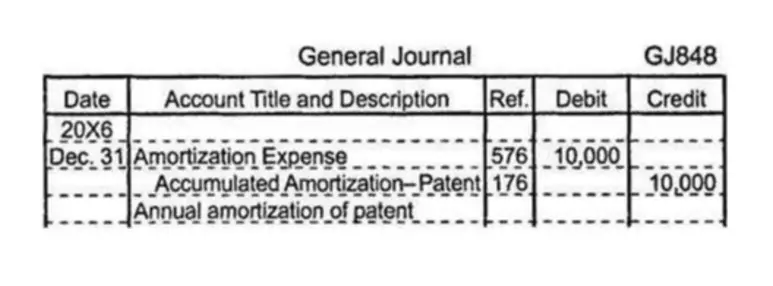Content

There is no particular figure that constitutes a good or bad ratio. While that’s simple enough, the results provided by the asset turnover ratio can provide an insight into your business operations that can directly affect future decision-making. Like with most ratios, the asset turnover ratio is based on industry standards. To get a true sense of how well a company’s assets are being used, it must be compared to other companies in its industry. Indicated above is the formula used for the calculation of a company’s total asset turnover ratio.
- Measuring the current assets turnover ratio in comparison to these ratios can show the performance of the company in a better manner.
- For example, telecommunications companies typically have large asset bases, so it takes more time to turn over these assets into revenue, and as such, their ratios are often less than 1.
- In these cases, the analyst can use specific ratios, such as the fixed-asset turnover ratio or the working capital ratio to calculate the efficiency of these asset classes.
- However, for a company, the value to aim for ranges between 0.25 and 0.5.
- Therefore, the current assets turnover ratio, when expressed in percentage terms, indicates the net sales that have occurred due to the investment of each Rs. 100 in the process.
The total assets and revenue generated are found on the balance sheet and income statement, respectively. The inventory turnover ratio is a financial ratio that measures the number of times a company’s inventory is sold and replaced over a period of time. This ratio is calculated by dividing a company’s cost of goods sold by its average inventory. The asset turnover ratio is a widely used efficiency ratio that analyzes a company’s capability of generating sales. It accomplishes this by comparing the average total assets to the net sales of a company. Expressly, this ratio displays how efficiently a company can utilize this in an attempt to generate sales. A more complicated version of asset turnover is «fixed asset turnover».
Formula and Calculation of the Asset Turnover Ratio
An asset turnover ratio of 2.67 means that for every dollar’s worth of assets you have, you are generating $2.67 in sales. If you’re using accounting software, this is as easy as running a year-end income statement for 2019, or whatever year you’re calculating the asset turnover ratio for. Average total assets are usually calculated by adding the beginning and ending total asset balances together and dividing by two.
- As everything has its good and bad sides, the asset turnover ratio has two things that make this ratio limited in scope.
- The higher the asset turnover ratio, the more efficient a company is at generating revenue from its assets.
- If a company wants to improve its asset turnover ratio, it can try a few different things.
- It compares the dollar amount of sales to its total assets as an annualized percentage.
- For that reason, investors should look at the ratio’s trend over time.
In A.A.T. assessments this financial measure is calculated in two different ways. Stay updated on the latest products and services anytime, anywhere. The information asset turnover ratio featured in this article is based on our best estimates of pricing, package details, contract stipulations, and service available at the time of writing.
Analysis of Low Profit Margin and Low Return on Assets
Reading this ratio along with other ratios will provide a more clear picture about the firm. The asset turnover ratio is a good measure of a company’s overall efficiency. It shows how well a company is using its assets to generate sales.

